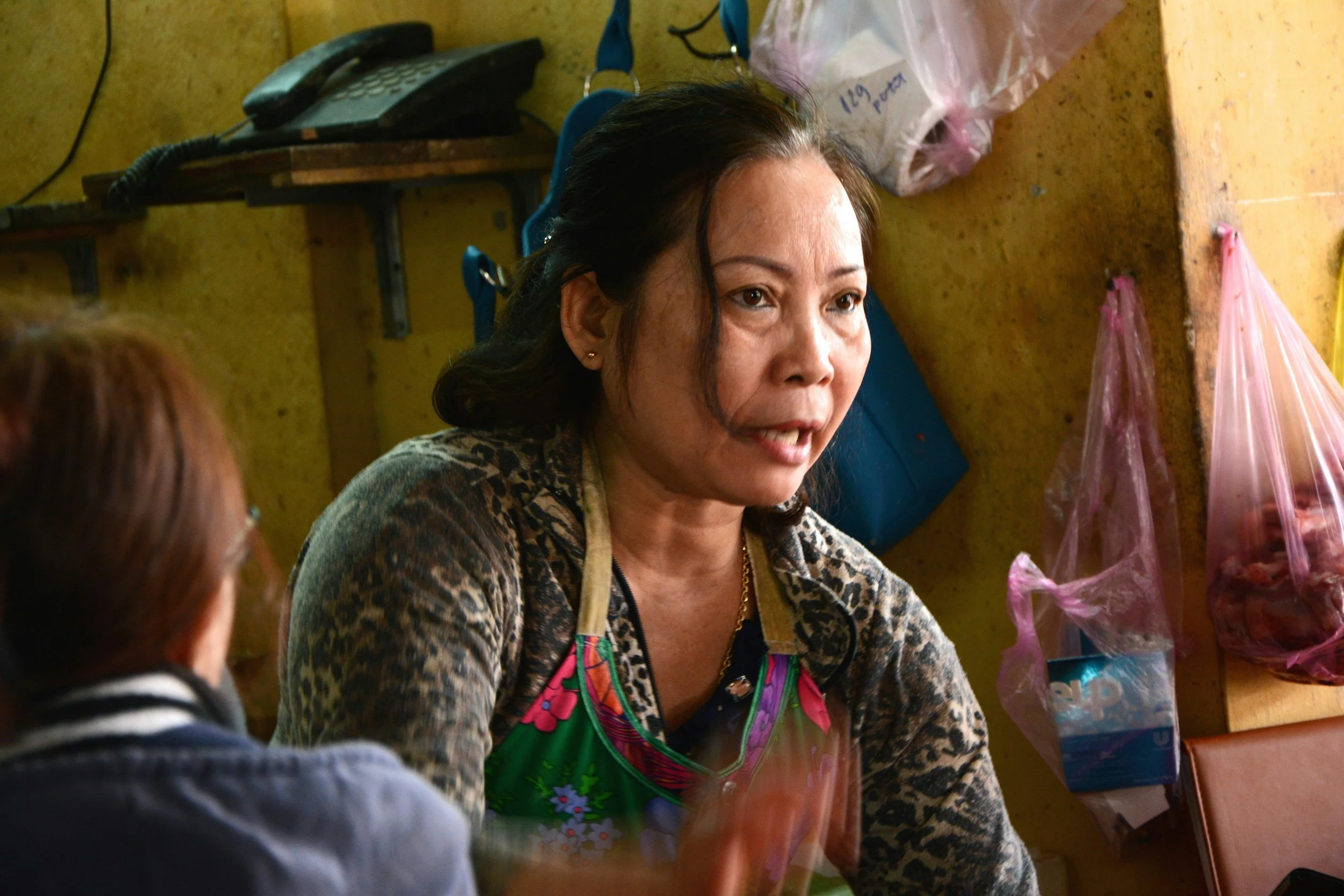What we stand for
The Issues
-

End Violence Against Women & Children
Cause Month: November
Why it matters: Violence steals safety, silences voices, and shatters futures. Standing against it means restoring dignity, protecting the vulnerable, and building communities where women and children can thrive.
-

Support Women Entrepreneurs
Cause Month: March
Why it matters: When women launch businesses, they lift entire families out of poverty and spark change in their communities. Investing in women entrepreneurs fuels cycles of dignity, independence, and generational change.
-

Fight Food Insecurity
Cause Month: May
Why it matters: No one should go to bed hungry. Tackling food insecurity means providing meals, access to nourishing food, stability, health, and hope for tomorrow.
Scarves & Head Coverings
In ancient times, head coverings were a distinction of social status. They held many symbols: oppression, sacrifice, cleanliness, humility, obedience, fashion. Head coverings looked like anything from a hat or cap to a headband or turban, including veils, hijabs, keffiyehs, and scarves.
Today, scarves are seen as symbols of identity, culture, justice, faith, and fashion.
Culture
Initially, in the ancient world, head coverings differentiated women of nobility from those of lower social status.
Cultural identity that reflects pride in one’s regional styles. For example, African headwraps are worn for celebrations. In many cultures, head coverings are an integral part of traditional attire. For example, mantillas are still worn by some Spanish and Latina women for religious ceremonies. A traditional wedding in Japan includes head coverings for the bride.
Practicality for protection from the sun, wind, or dust, against the harsh weather.
Justice
White scarves serve as a symbol associated with the Mothers of the Plaza de Mayo. The mothers began wearing white scarves, which had initially been used as diapers, to identify one another during their marches on the Plaza. They were intentionally challenging the government’s ban on gatherings.
The scarves were a symbol of unity and represented the diapers of their disappearing children in the 1970s-1980s.
Currently, the black and white keffiyeh scarf is a symbol of solidarity with the Palestinian cause as the conflict continues in Gaza and Israel. Though originally worn by men, many have adopted the Middle Eastern scarf as a symbol of Palestinian nationalism and resistance.
Faith
Head coverings play a role across religions.
In the Christian faith, there are several examples of head covering. Isaiah 47:1-2 talks about a noble lady meeting her shame and is told to “uncover thy locks”
1 Cor. 11:10 – “For this reason the woman ought to have a symbol of authority on her head, because of the angels” is suggested to mean that women should cover their heads.
The Quran emphasizes modesty in both men and women, and the hijab is seen as a way for women to fulfill this principle. Surah Al-Ahzab (33:59) suggests that wearing the hijab helps women be recognized as believers and protects them from harm. For many Muslims, wearing the hijab is an act of worship and obedience to God’s commandments.
In many traditional Jewish communities, women are required to cover their hair after marriage. It serves as a symbol of piety and humility. This can take many forms, such as scarves, wigs, and hats.
Fashion
Scarves are an accessory that never goes out of style. Different trends influence the way scarves are worn over time. Silk or satin fabrics are classical, usually considered elegant and chic. Lighter-weight fabrics, such as chiffon, are often associated with a feminine personality trait, while cotton and heavier textiles are typically associated with a more relaxed personality style.
Scarves are often given as gifts and as a symbol of warmth and care. It also communicates an appreciation of friendship and affection.
Scarves display individuality and creativity, allowing women to express their identity through color, print, and style. They are experiencing a comeback with innovative ways to wear them.
